Top Influencer Reporting Issues & How to Fix Them
Many different issues can arise from not reporting influencer marketing campaigns properly. Here’s how to solve some of the most common problems.
Long delays and response times
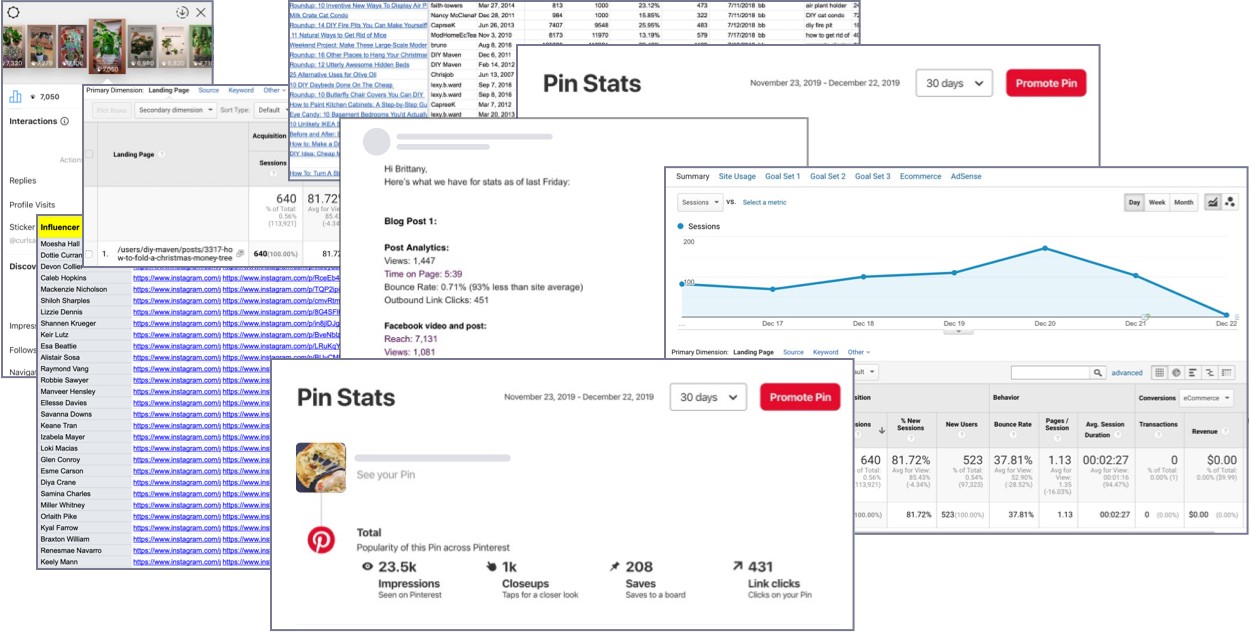
Problem: One complaint marketers have about influencers is how unreliable some can be when it comes to sending campaign data. It’s not uncommon for a marketer to request the latest engagement numbers, and wait days or even weeks for the influencer to send them in.
Usually, this is due to the influencer’s extremely busy schedule. In some cases, it’s miscommunication, or even unprofessional behavior. Whatever the cause, the end result is a serious lack of timely influencer marketing metrics.
Marketers have to send these influencers multiple requests and reminders before finally receiving the data. So much time is wasted chasing the influencer that marketing teams sometimes just give up and make strategic decisions based on gut feel. This isn’t a sustainable practice, and will eventually lead to poor influencer marketing campaign ROI.

Solution: If the influencer is being a bottleneck, then it may be more feasible to access the data directly.
Firstly, you can try bookmarking or saving the post’s URL and viewing the engagement data yourself. If you haven’t done so already at the onset of the project, this may require you to scroll through the influencer’s feed to find the right content. But this isn’t going to work for Instagram Stories and many other types of content, where performance stats are hidden from another user’s view.
Instead, some influencers opt to share their social media account access with the brand. But this is a massive security and privacy risk, and should be avoided.
The proper solution is to find an influencer marketing platform or tool that integrates with the influencer’s social media account. The brand can then simply push a button and retrieve the latest campaign numbers for themselves, without having to wait for the influencer.
Inaccurate/obsolete data

Problem: Manually-captured data is often error-prone or obsolete. Part of this is due to the nature of the process. Let’s say you have a social media post that’s getting an average of 5 likes and 1 share an hour. The influencer takes a screenshot and sends it to you at 9 AM, but you compile the report the following morning. By then, the screenshot is going to be off by 120 likes and 24 shares. That’s assuming the engagement grows at a steady, predictable rate (which is uncommon).
And then you have the errors brought on by manual data entry. Sure, punching in numbers is simple and easy on the surface; but when you’ve been doing it over and over for a couple of weeks, the work gets tedious and it’s easy to make mistakes.
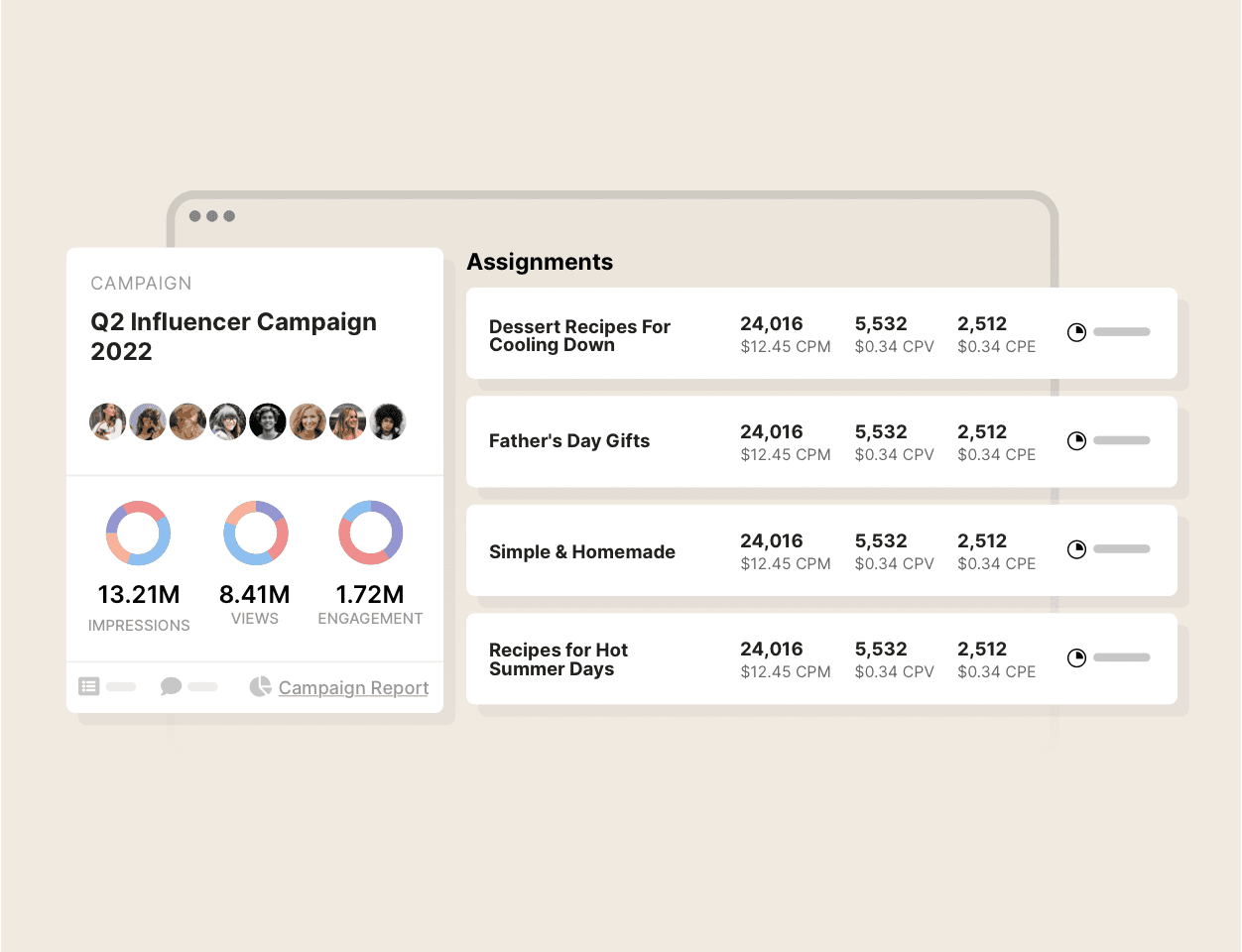
Solution: As in the previous point, authenticated access is the simplest and best way to get accurate and timely data. An influencer marketing platform that is plugged directly into the source account will always be most accurate, no matter what time of the day or week you request information. Yes, it may involve some costs, but that’s a small price to pay for accurate campaign data.
Attribution
Problem: If a marketer wants the business to make a long-term investment in influencer marketing, then they have to prove there’s a return. But much of the time, marketers align metrics like follows, likes, and shares with actual sales data without corresponding proof. This is the same problem that plagued traditional advertising media like print and tv ads.
Yes, it may be true that there was an uptick in sales at the time of an influencer campaign, but correlation is not causation. That uptick could’ve been caused by exceptional performance from store frontline staff, or from seasonal sales habits. Proper attribution requires direct evidence.
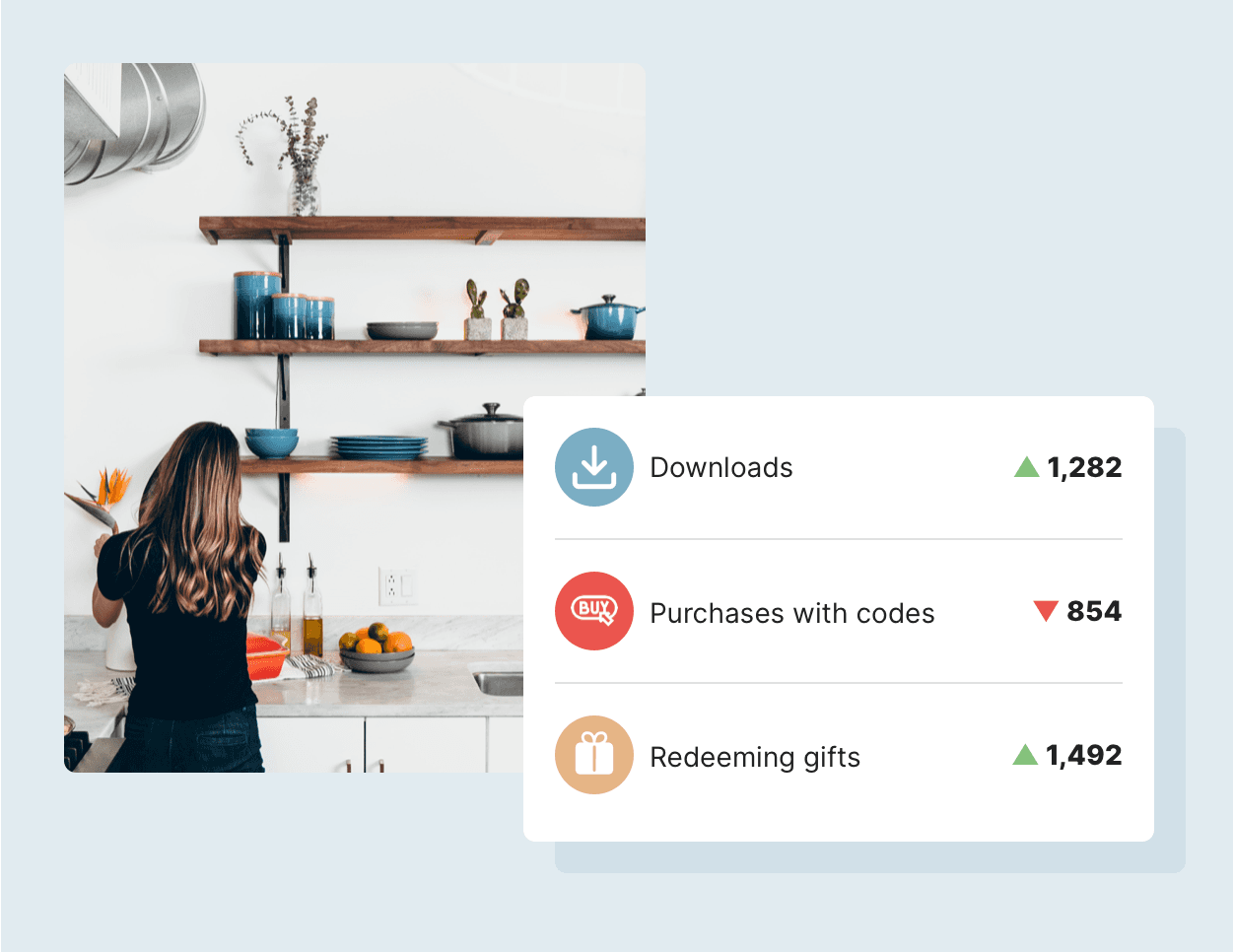
Solution: Fortunately, technology now offers ways for influencer marketers to get proper campaign attribution.
The first of these options is affiliate codes. Every influencer gets a unique discount code that’s shared with their audience. When a shopper buys from the online store and uses the promo code at checkout, that sale can then be directly attributed to the influencer.
Another option is shoppable posts. TikTok, Instagram, and Facebook now allow audiences to purchase products directly from their feed. When an influencer shares a shoppable social media post, a viewer can click on it and be brought straight to a checkout interface to make the purchase. It’s a great advancement in social commerce that has already proven quite effective at both increasing campaign ROI and clarifying attribution.
Tedious and wasteful reporting activities
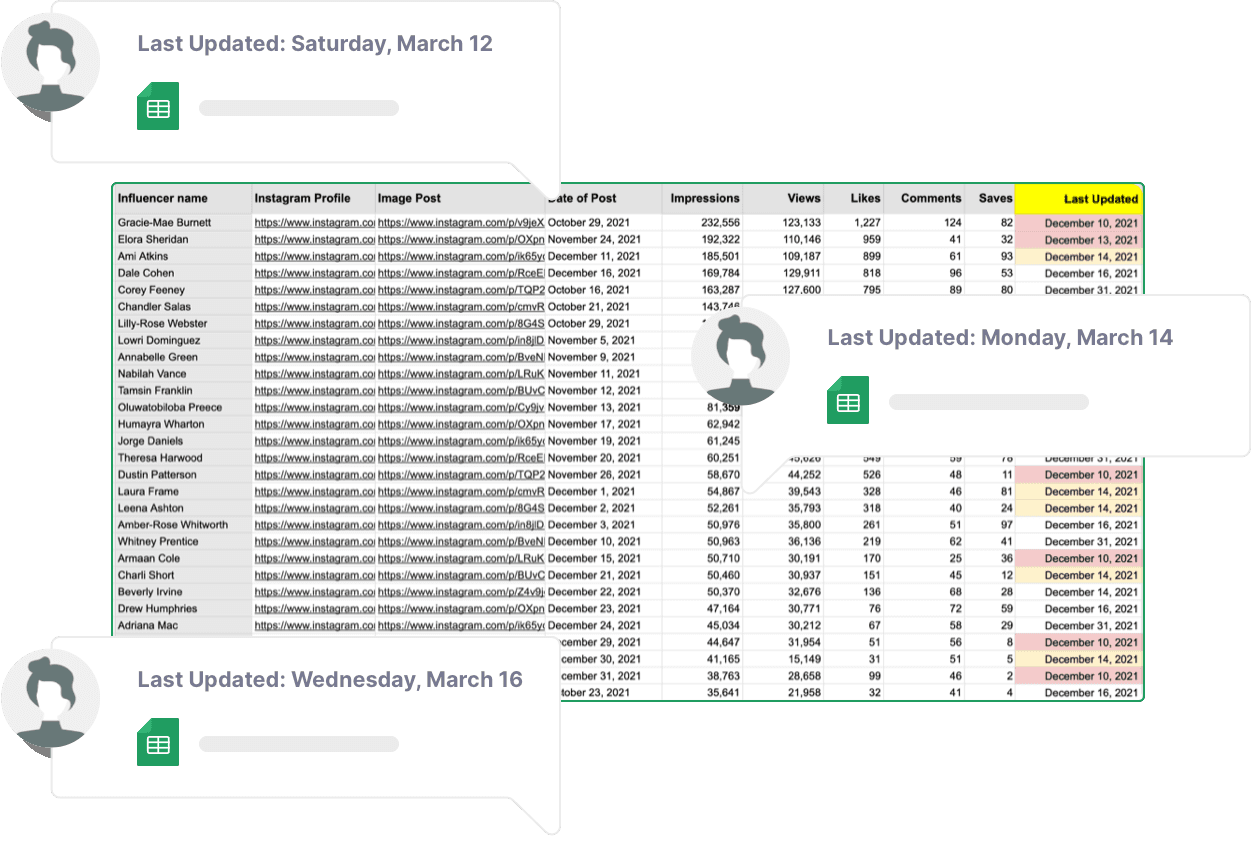
Problem: We already discussed how manual data is inaccurate and slow. But there’s one other important issue that needs to be brought up: manual influencer marketing reporting is manual.
You’ve got the social media posts, each of which need to be brought up and screenshotted every single time you want an update, and then sent over.
Then you’ve got the data itself, which needs to be manually read off of the screenshot and typed into a spreadsheet.
Then you’ve got the report, which needs to be generated every time there’s an update. And the more complex the report is, the more time it will take to refresh.
And as you form more and more influencer marketing partnerships, the number of posts per campaign will grow. Soon, you’ll need a full-time person just to keep all of your reports semi-current.
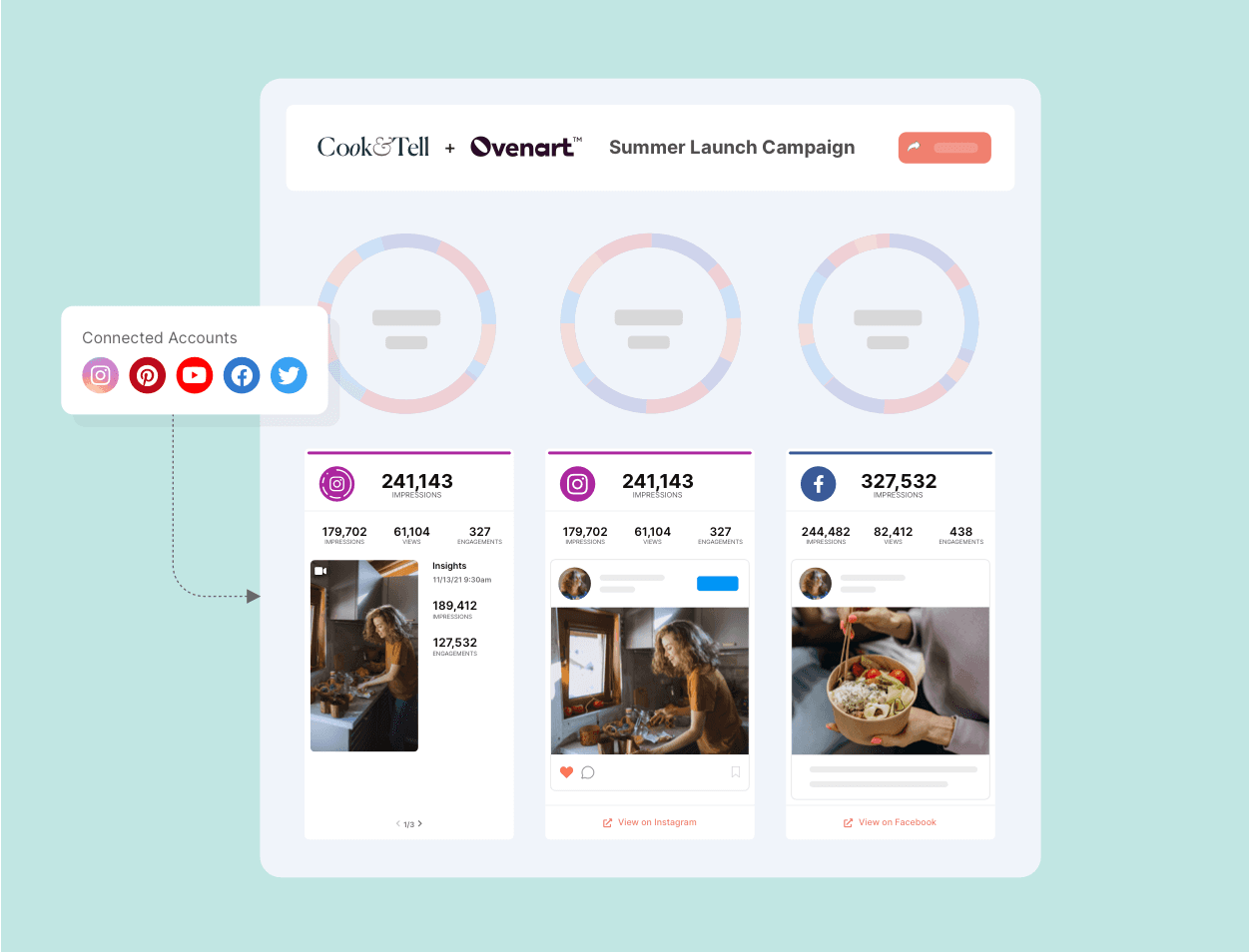
Solution: Integrating the influencer’s social media feed into an influencer marketing tool completely eliminates all of this busywork. It’s a benefit to everyone involved: the influencer no longer has to bother with screenshots. Your marketing team doesn’t have to bother with data entry. And you don��t have to bother with generating reports. Everything is completely automated and can happen at the push of a button.
Let’s face it - it’s hard to prove the effectiveness of your influencer marketing campaigns with solid reporting. That’s why at InfluenceKit, we created a tool that allows you to confidently prove the ROI of your campaigns. Check out influencekit.com to learn more.
Ready to see how painless reporting can be?
Our platform does so much of the grunt work for you, it almost feels like cheating 🤫
Get more data & better results from your influencer campaigns
Join thousands of influential brands optimizing their campaign results with InfluenceKit’s automated, accurate reporting


